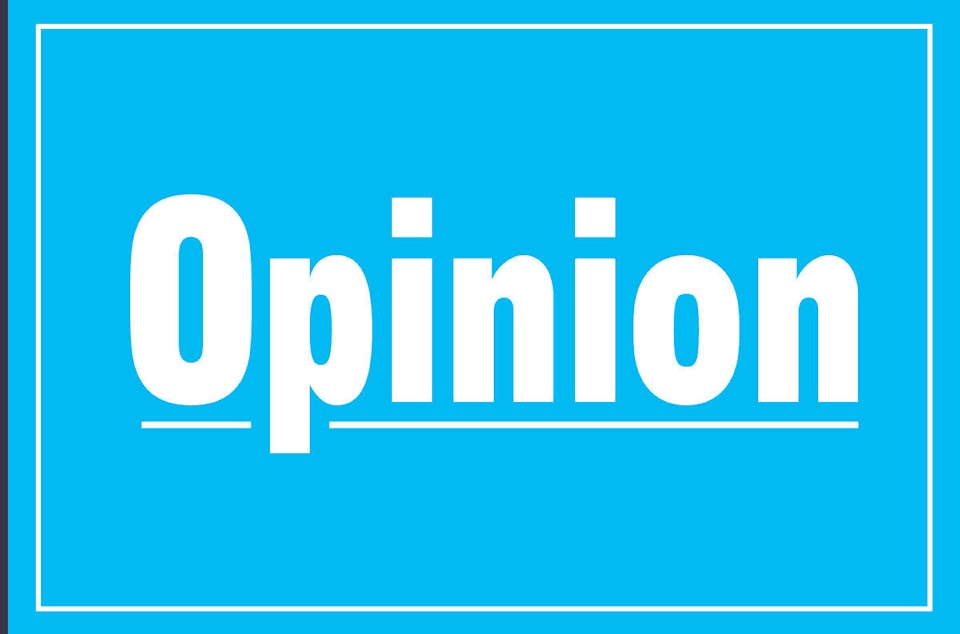Hundreds dead, thousands wounded. On February 24, Russian leader, Vladimir Putin, declared a catastrophic, full-scale invasion of Ukraine, a democracy of forty-four million people. On February 24, Russian troops invaded Ukraine from several directions and launched missiles all across Ukraine. By the mass, this is being seen as the start of Europe for Russia’s demands for an end to NATO’s eastward expansion.
This invasion predates the Russian military build-up that began in early 2021 when Ukrainian President Volodymyr Zelenskyy petitioned US President Joe Biden to authorize Ukraine to join NATO. Once Russia discovered this, it declared NATO’s post-1997 enlargement a threat to Russian security and presented the US with demands that NATO halts its eastward expansion, excluding Ukraine and other former Soviet countries from membership, and reduce military deployments in Central and Eastern Europe. These key proposals were disregarded by the West as too for the US and its NATO allies since they would turn back the clock on Europe’s security and geopolitical alignment by decades. This enraged Russia and led to its military forces growing around its Ukrainian borders, remaining vague on their intentions. By late 2021, thousands of Russian forces were sighted hovering on the border of Ukraine, surrounding it, which led to Western nations suspecting Russia of trying to invade Ukraine which led to the President of the U.S. having to call Putin and remind him of the severe sanctions if Russia invaded Ukraine and if they did not de-escalate the situation as soon as possible because fear was escalating through the globe.
Essentially, the conflict between Russia and Ukraine is a rehash of that which began in 2014. The recent political developments in Ukraine, the United States, Europe, and Russia assist to explain why Putin may believe now is the moment to act. During his campaign, Zelensky promised to “reboot” diplomatic talks in eastern Ukraine, including negotiating directly with Putin to settle the situation. Russia, too, was undoubtedly hoping to gain something from this: Zelensky, a political neophyte, was seen as someone who may be more receptive to Russia’s point of view Putin wants Zelensky to enforce the Minsk agreements from 2014 and 2015, which then would not only bring pro-Russian territories back into Ukraine but also serve as a “Trojan horse” for the Kremlin to exercise power and control, according to researchers. It seems that none of the Ukrainian Presidents have accepted these demands, therefore under persistent Russian pressure, Zelensky has turned to the West for assistance, publicly expressing his desire to join NATO.
Imperatively, this conflict is not just about Ukraine’s future; it is also about how Ukraine has become a larger stage for Russia to try to reassert its influence in Europe and the world, and for Putin to leave his mark on history. Now the world is watching and nervously waiting to see what Putin will do next, as aggression is not a near certainty.
Jannat Irfan is an article writer at the Antarctic Institute of Canada and BSc Biological Sciences student at the University of Toronto.
Peter Anto Johnson, MSc is a research program officer at the Antarctic Institute of Canada and MD student at the University of Alberta. He was recently named Top 40 Under 40.
John Christy Johnson is a research program officer at the Antarctic Institute of Canada and an MD/MSc biomedical engineering candidate at the University of Alberta
Austin A. Mardon, CM, PhD, FRSC is an adjunct professor in the Faculty of Medicine and Dentistry at the University of Alberta, director of the Antarctic Institute of Canada, an Order of Canada member, and Fellow of the Royal Society of Canada.
